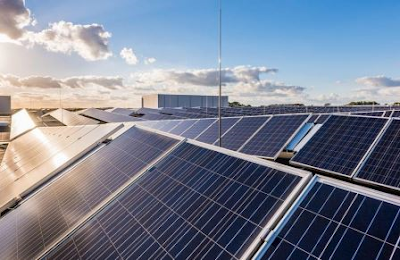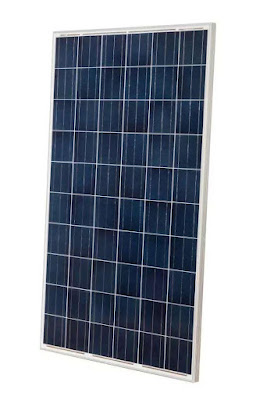The U.S. photovoltaic industry installed 3.9GW of solar panels in the January-March period, the lowest level in two years, according to a report released Tuesday by the Solar Energy Industries Association trade group (SEIA). The installed capacity fell 52% from the fourth quarter of last year, and also showed a 24% year-on-year decline from the first quarter of 2021. Supply chain issues, price hikes, and U.S. tariff policies are the reasons behind the sharp drop in new U.S. PV installations in the first quarter.

By segment, U.S. residential solar installations were strong, the largest quarter in history, with 1.2GW installed, up 30% from the first quarter of 2021 and 5% from the fourth quarter of 2021. Commercial solar installed capacity was 317MW, down 11% year-on-year and 28% month-on-month. The community's installed solar capacity was 197MW, up 16% year-on-year and down 59% month-on-month. PV installations in the U.S. utility market hit its lowest level since the third quarter of 2019 at 2,173MW, down 41% from the first quarter of 2021 and down 64% from the fourth quarter of 2021.
Abigail Ross Harper, CEO of SEIA, said, "The photovoltaic industry is facing multiple challenges that are slowing progress in clean energy in the United States." Solar energy accounted for 50% of the new generation of electricity on the U.S. grid in the first quarter of 2022.
In March, the U.S. Commerce Department decided to investigate whether solar cells and modules assembled in Cambodia, Malaysia, Thailand and Vietnam violated anti-dumping and countervailing duty orders. As soon as the news came out, U.S. solar developers immediately faced the threat of widespread module shipment cancellations and delays, because once the U.S. Department of Commerce did find evidence of circumvention, retroactive tariffs could reach up to 250%. This has hit PV installations hard.
On Monday, Biden declared an energy emergency in the United States, saying potential power shortages have endangered the country's national security and quality of life. The White House also announced a 24-month tariff exemption for solar modules sourced from Cambodia, Malaysia, Thailand and Vietnam. The White House also announced that Biden authorized the use of the Defense Production Act (DPA) to accelerate U.S. domestic production of clean energy technologies.
Despite the White House's move on Monday, SEIA downgraded its full-year outlook for the industry, indicating uncertainty about the stimulus it expects from related policies. SEIA forecasts that the PV industry will add 15.6 GW of capacity this year, down from its previous forecast of nearly 22 GW, a 29% cut. The 2022 installation forecast has been slashed in half over the past nine months.
The US government appears to be more optimistic about PV installations. The White House said U.S. domestic solar power capacity has increased from 7.5GW to 15GW since Biden took office, and is expected to reach 22.5GW by the end of Biden's first term (2024).
U.S. PV stocks rose sharply on Monday. Sunrun rose by more than 15% to a two-month high, SunPower rose by nearly 9% to a new one-and-a-half-month high, Enphase Energy rose by up to 9.7% to a two-month high, JinkoSolar rose by up to 10.7%, and Canadian Solar rose by up to 9.8 %. Array Technologies rose as much as nearly 26%, and the Invesco Solar ETF (TAN) rose more than 4%, rebounding more than 33% from a May low. On Tuesday, related stocks failed to continue the surge in the previous day, with mixed results, and the photovoltaic ETF Invesco Solar ETF (TAN) rose slightly.




No comments:
Post a Comment